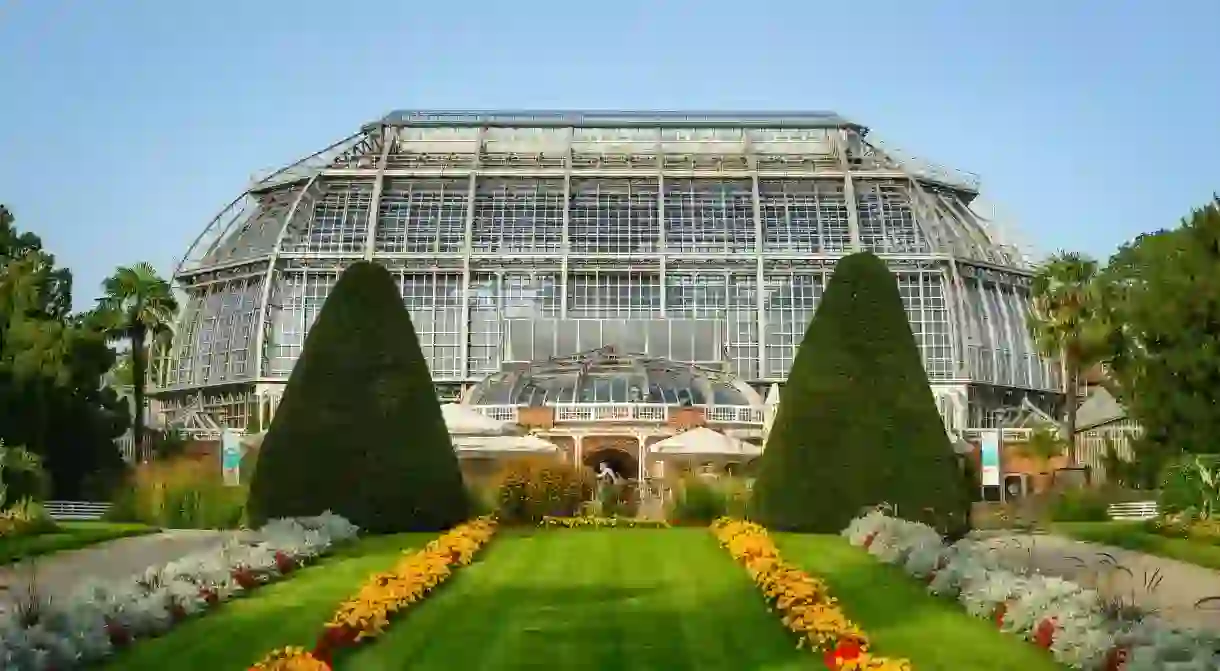Explore Berlin With Your BVG Transport Ticket

It’s difficult to know how to make the most of your time in Berlin, so we’ve created the ultimate guide for people wanting to explore the German capital by Berliner Verkehrsbetriebe (BVG) transport. All for the price of a day ticket, here is a list of the best parks, pools and gardens around Berlin.
Bürgerpark
Park

Schloss Sanssouci
Historical Landmark, Architectural Landmark, Archaeological site, Building

Wannsee, Schlachtensee and Großer Müggelsee
Forest, Natural Feature
Grunewald
Forest, Museum
Tegeler Forest
Forest, Park
Tropical Islands
Resort
Natur-Park Südgelände
Park
Cottbuss
Architectural Landmark

Located to the south-east of Berlin, Cottbus is a city in the region of Brandenburg. It is a small place with plenty of charm. The park of Branitz, built in the style of English gardens, is definitely worth a visit. In addition, not very far from there are the Rhododendron Park in Kromlau and the Rakotzbrücke, a bridge that reflects in the river creating a perfect circle. They are both well worth the trip, and winter is the prime time to visit.
Treptower Park
Park
Berlin-Dahlem Botanical Garden and Botanical Museum
Botanical Garden
The Botanical Garden and Botanical Museum of Berlin is one of the most important in the world. It’s also the largest in Europe. It covers 43 hectares (106 acres) and contains more than 22,000 different species of plants. It was built between 1897 and 1910 under the guidance of architect Adolf Engler in order to present exotic plants brought back from the German colonies. It is now part of the Freie Universität of Berlin. It contains one of the biggest greenhouses in the world, the Große Tropenhaus, where thanks to a controlled climate you can see all manner of rare species. Next to the garden is the museum, which includes the Herbarium Berolinense, a very important collection of plants and a specialised library.













